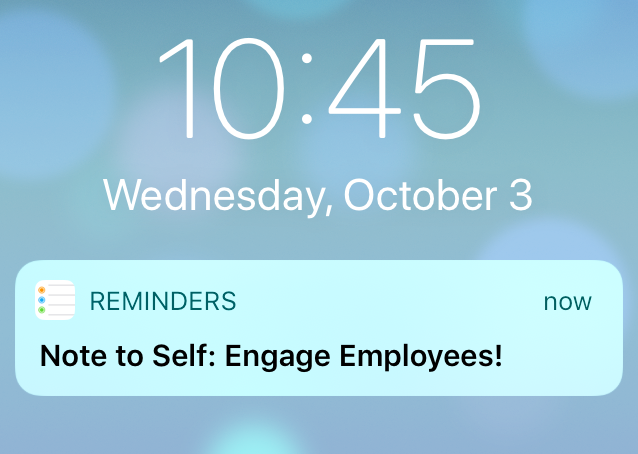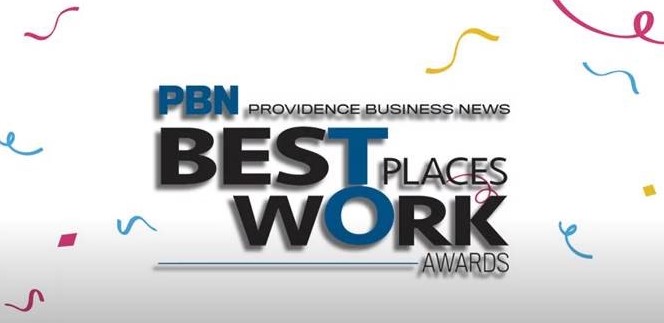Does it get any better than this? If you’ve been following the steps in this blog series, you now have caring and trusted employees. You have people giving you input and you have a mechanism for applying their intellectual bandwidth to illuminate the best way forward for your business.
You have a bunch of new things to consider, based on the ranking of ideas generated by caring and trusted (previous steps in this blog series) people who know the company better than anyone. Now what? Well, the next part is when you begin to accelerate your organization toward optimized performance. Having been asked and heard, employees will now be eager engage in the solutions that have been identified as best for the organization that they care about. “Put me in coach, I’m ready to play!”
But, how do you put them in the game? I’m sure you already have some good, specific ideas on how you could apply this additional intellectual bandwidth. Overall, I have one suggestion for you to consider: baby steps.
Break each concrete objective into what my partner calls “baby steps.” Maybe the end goal seems too far off. Usually little, baby steps that represent progress toward that goal are achievable. They can be handled by a caring and trusted employee (or small team) who wants to feel relevant/important and will feel good if they are part of achieving forward momentum toward an objective that they thought was a good idea. Baby steps are not hard to identify, but you need someone who owns the solution to determine what represents forward progress. It can be as simple as some after-hours research to illuminate alternative approaches, or a search for existing automation advances that might apply, or a quick vision statement, or metric of success for this idea. The point is that forward progress toward an agreed-upon objective will be made with “spare” intellectual bandwidth (not with a bunch of management meetings). As baby steps are completed, devise the next set of baby steps. Pretty soon you will have made progress by optimizing your human capital. A little progress on idea 1, more progress on idea 2, a lot on idea 3, and so on. Management should only ensure that baby steps are identified or progress cannot be made on that idea. That doesn’t mean that managers have to come up with them. The best people to come up with the next baby steps are the people who have become engaged, invested and know the most about the progress that has already been made.
Small groups of intellectual investors will emerge. These groups will likely be more powerful than the formal groups of the organization because they have self-formed. They were not assigned to work together. They chose to work on a common cause where they believed their problem solving capacity (PSC) and intellectual bandwidth would best apply. Does it get any better than that?
Yes it does. That is the sixth step toward developing an innovative climate.
P.S. Cost of employee engagement: minimal. Price of an unengaged workforce: organizational decay.
Note: This post is the fifth step in a blog series authored by Rite-Solutions co-founder Jim Lavoie about Simple Steps to Creating an Innovative Climate in Your Organization. The preceding post in the series is Your Fourth Step Towards Creating an Innovative Climate: Listen. The next post is Your Sixth Step Towards Creating an Innovative Climate: Recognize and Reward Engagement.






